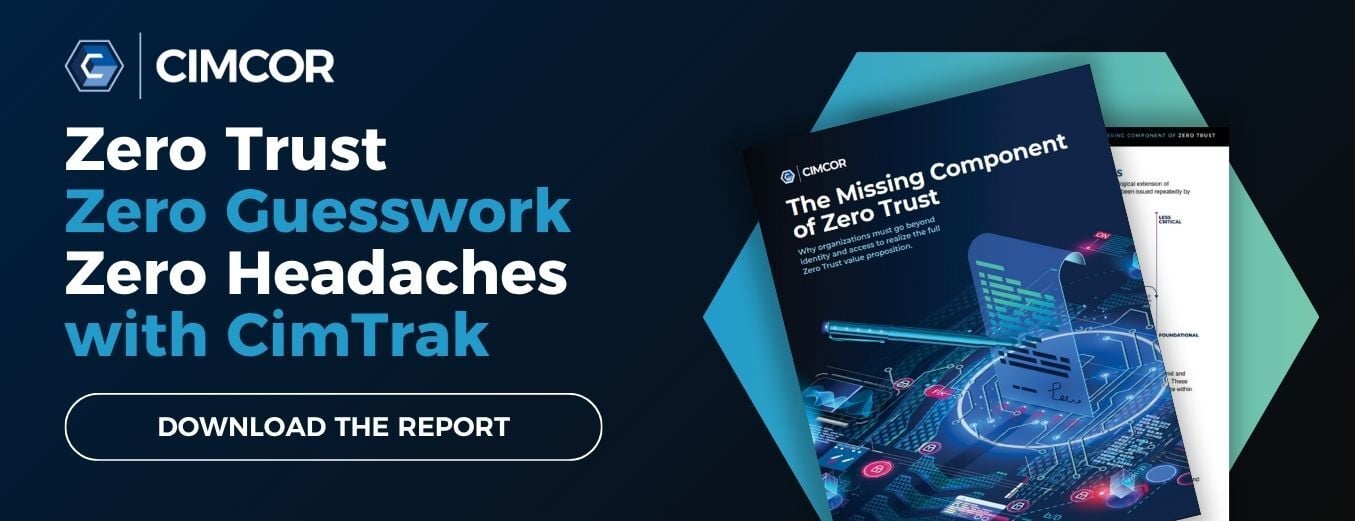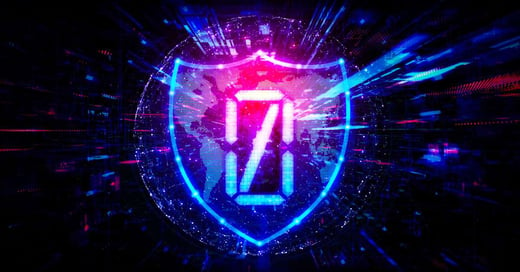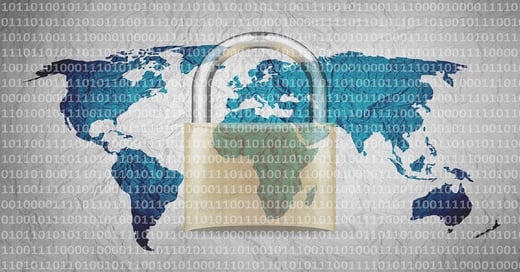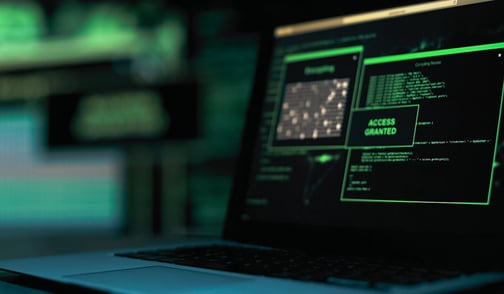Business information is seemingly at a constant state of risk. The steady increase in cyberattacks worldwide proves just how vulnerable many organizations are. In the wake of security events, there’s no shortage of reactive measures—people scrambling to ensure they aren’t next.
However, there are plenty of security experts who safeguard their businesses effectively. They’ve developed their information security architecture into a shield that protects the organization and its employees. Part of the reason they can accomplish that lofty task is that they know the answers to the following questions. Here are four things you should know about your information security architecture.
1. Are the Right People Accessing the Right Information?
Who’s accessing your information within your organization? It’s a question that far too many people don’t know the answer to.
Historically, many organizations have operated based on assumed trust for users, devices, and services, allowing for vulnerabilities due to too many employees and third parties having more privileges than necessary. Universally, organizations have recently begun implementing Zero Trust strategies to mitigate these vulnerabilities.
Gartner reports that 63% of organizations have opted to implement Zero Trust strategies in their environments, and 56% are primarily pursuing a Zero Trust strategy because it is an industry best practice.
Zero Trust is a security approach that maintains network security by eliminating implicit trust. Zero Trust networks continuously verify users and devices and the actions they try to conduct, ensuring every action is verified to be legitimate, authorized, and secure.
This helps you answer the question, “Are the right people accessing the right information?”
Related Read: ANSWERED: How To Implement Zero Trust in Your Organization
2. How is Mobility Affecting Architecture?
As systems and devices evolve, so too can complexity. Complexity is often the underlying cause of an IT environment’s vulnerabilities. As the workforce becomes more reliant on mobile devices, policies will likely reflect those demands.
But how do BYOD policies and other workforce mobility solutions play into overall architecture?
Policies are only effective if they’re enforced throughout an organization. If every employee believes they have a part in the organization’s cybersecurity, mobility becomes less of an issue because policies are adhered to and safe practices are taking place.
3. Are Employees Across Business Units Educated on Cybersecurity Practices?
While it might not always seem so, cybersecurity is everyone’s responsibility. When a marketing department plans to implement a new CRM, discussions and plans should be put in place for how data will be stored. HR departments have sensitive information about employees, which will also require policies around who is accessing that data and who that information can be shared with.
It’s not uncommon for employees to access information that could potentially put the enterprise at risk. In fact, 68% of data breaches involve the human element, and many high-profile data breaches have occurred due to employees.
Educating your entire organization on the different forms of cyberattacks, the most common human errors that leave businesses at risk, and the warning signs that something might not be right is a key step in securing your business. It is also one of the best ways to receive buy-in across the organization to include security into each business initiative they decide to take on.
4. How Do the Third Parties You Work With Affect Your Security?
Suppose your internal IT architecture is highly secure, but the vendors, contractors, and other third parties you’re working with aren’t adhering to your same security standards and procedures. In that case, you're putting the organization at risk. While there may be additional hoops to jump through, it isn’t uncommon for businesses to require their vendors to abide by strict security policies enforced by the company they’re providing services for.
This might take on a few different forms as it relates to your security architecture. It might mean that you’re providing non-employees with or confirming information before they’re able to access your assets using:
- Knowledge factors: Passwords, usernames, PINs
- Possession factors: Key fobs, ID cards
- Biometric factors: Fingerprint, voice, facial recognition
Some organizations may only require one form of authentication, while others mandate comprehensive Multi-Factor Authentication for both employees and external vendors/contractors.
Strengthen Your Security Today
Don't wait for a security breach to evaluate your information security architecture. All of the key elements we've covered here form the foundation of a sound security posture. Is your organization prepared to face today's threats? Download our guide, "The Missing Components of Zero Trust," for a comprehensive look at the critical elements required to take your security strategy to the next level.
Tags:
Zero Trust
February 27, 2025




